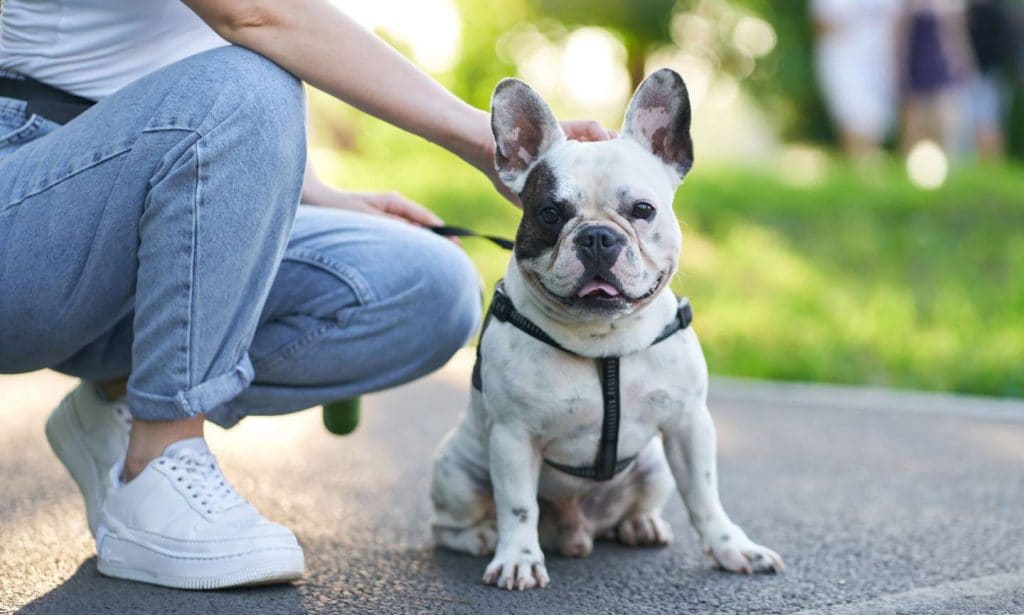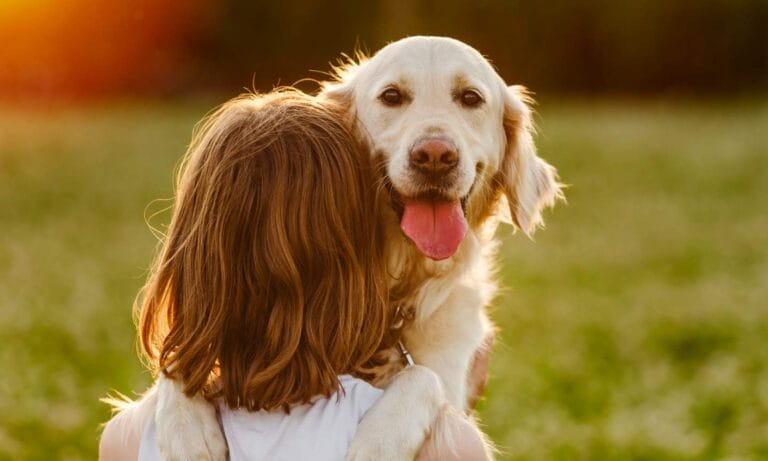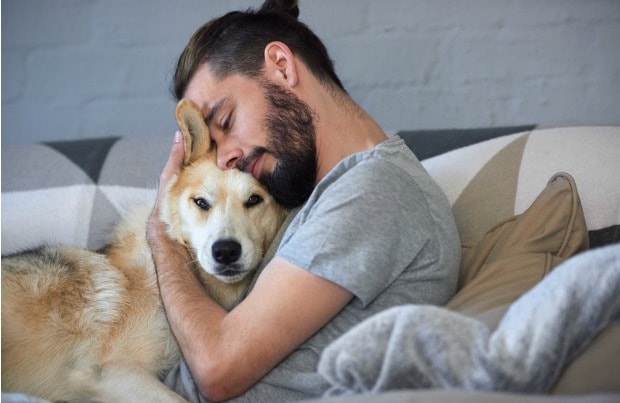Have you heard about an increase in stolen dogs in your community? You’re not alone. Dognapping (aka the dog version of kidnapping) is on the rise across the U.S., with dog thefts up 30% since 2021, according to the American Kennel Club. While high-profile cases like the theft of Lady Gaga’s French Bulldogs have made headlines, everyday people are the most common targets.
If you’re a dog parent, this is one seriously scary trend—but there’s a lot you can do to protect yourself and your pup.
1 Never leave your dog tied up outside a restaurant, coffee shop or other business.
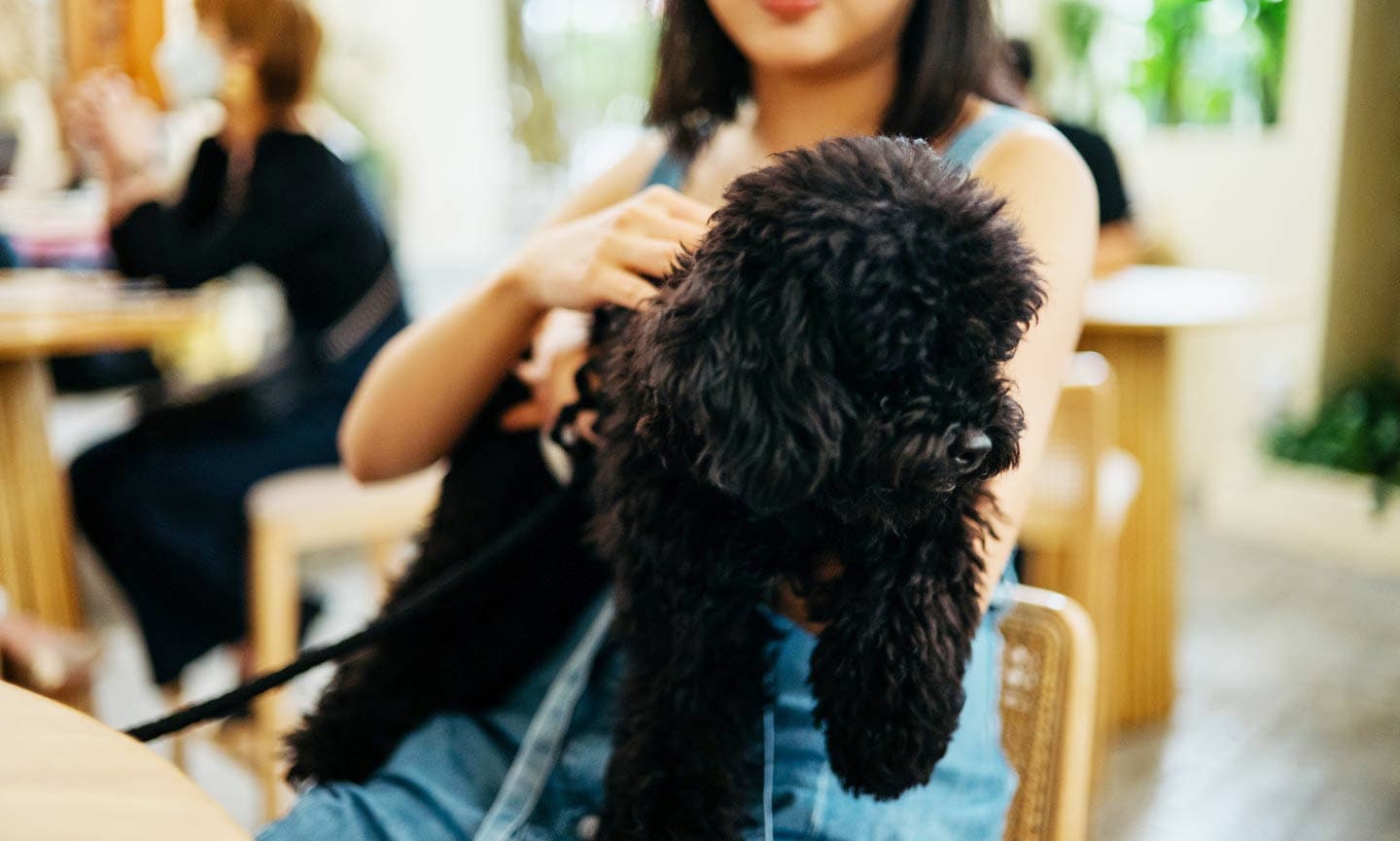
2 Get your dog microchipped.
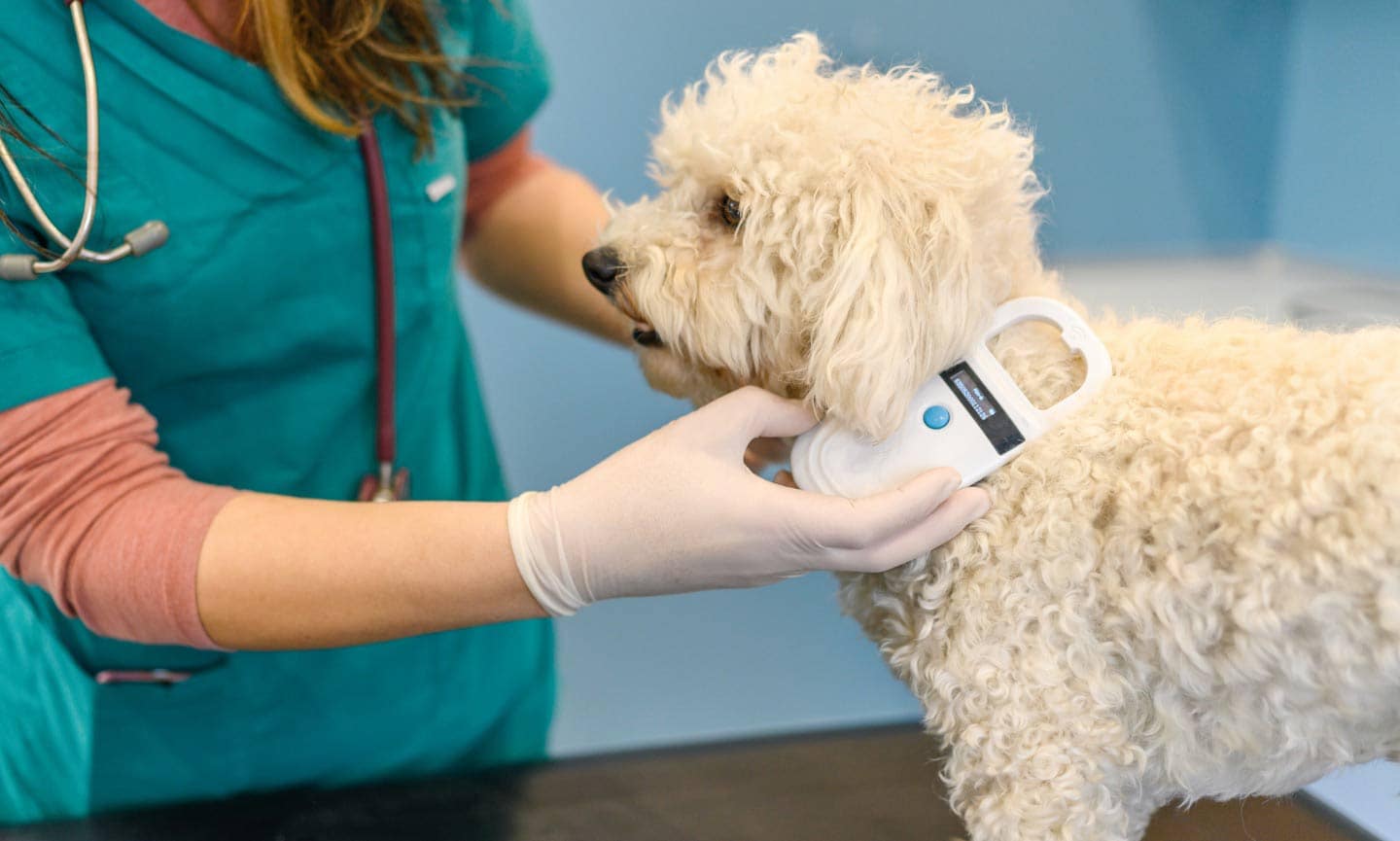
3 Consider a GPS collar.
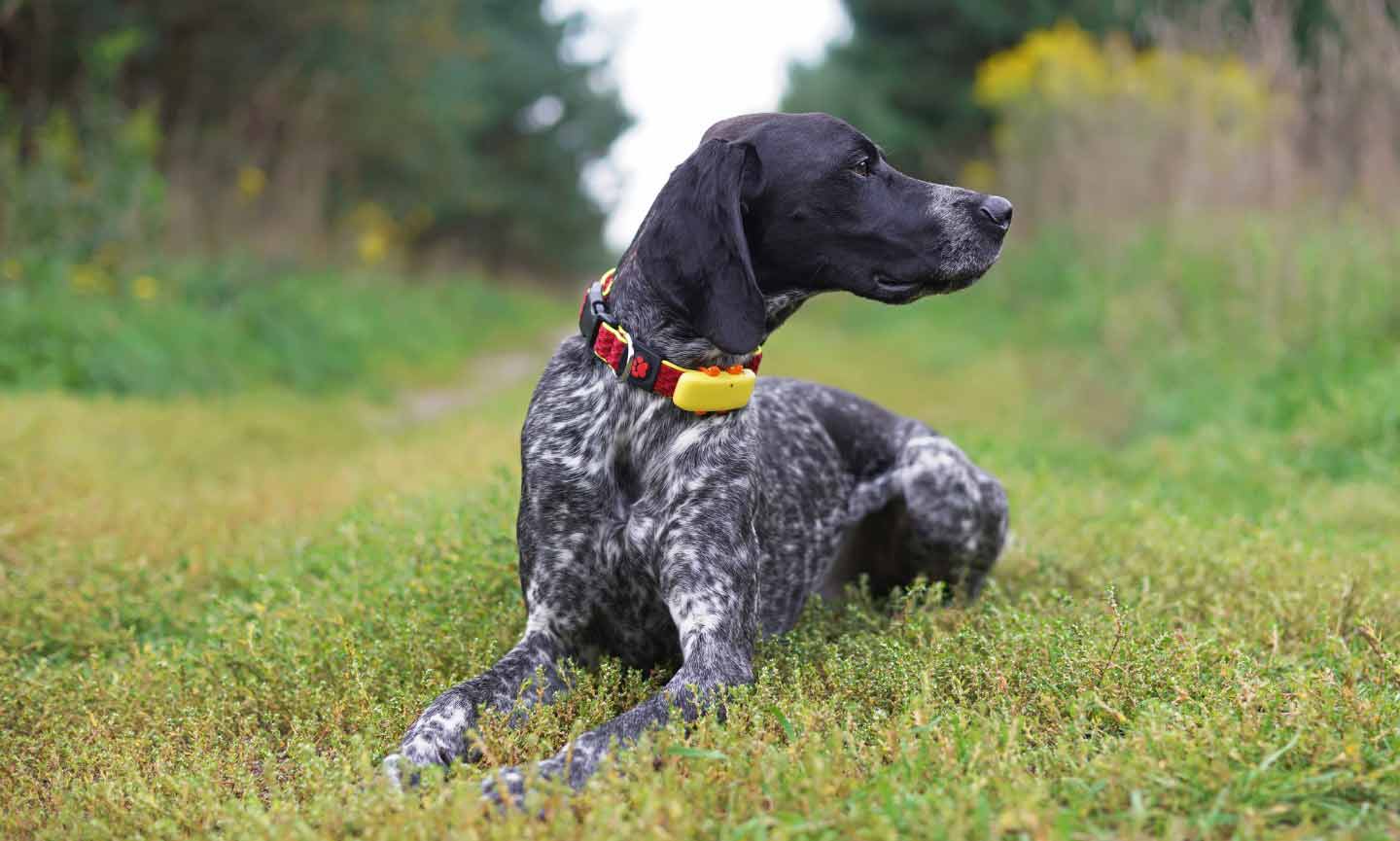
5 Make sure your yard is secure.

6 Install security cameras and signs.
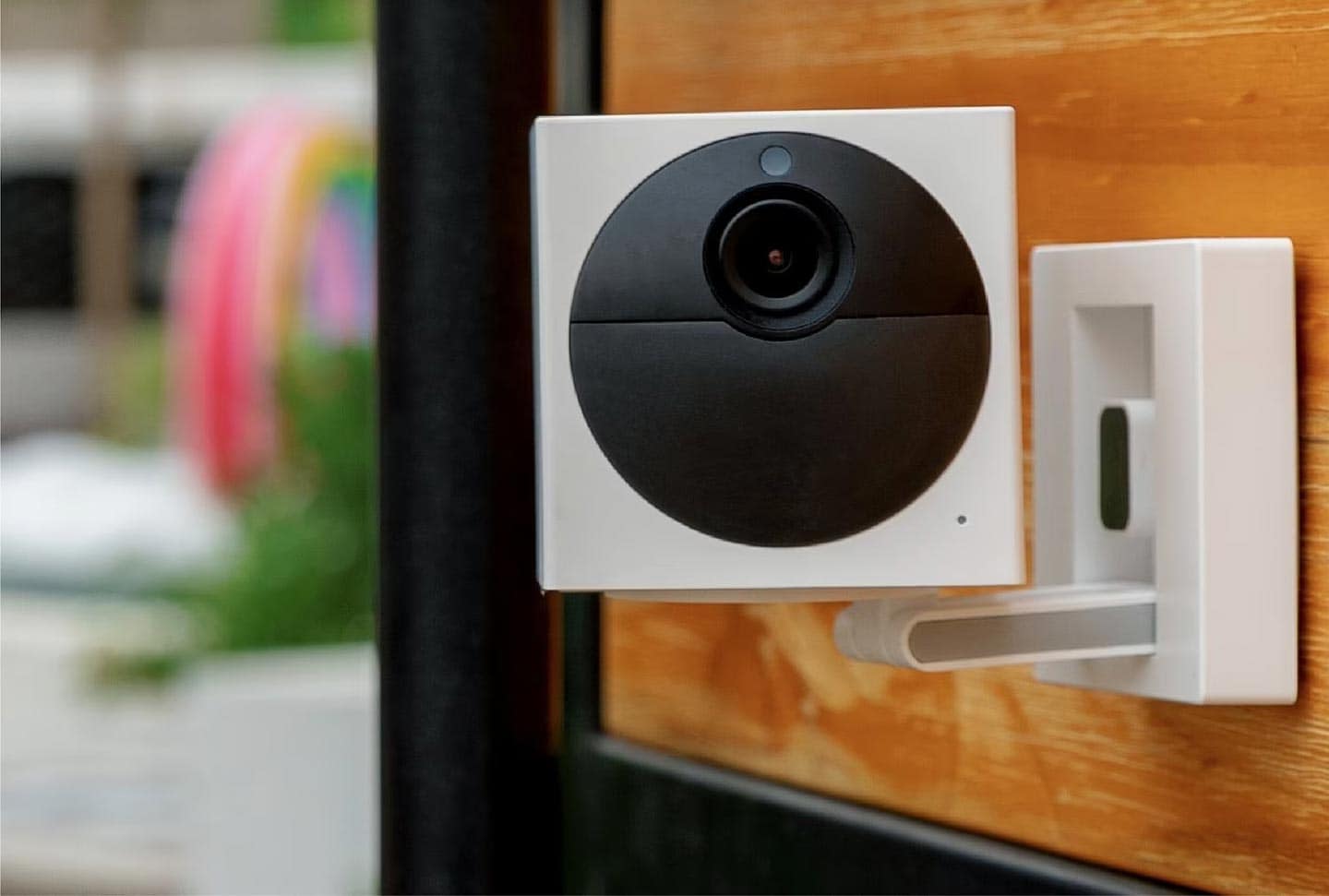
7 Keep good photos of your dog.

Is My Dog at Risk of Kidnapping?
Many dognappers intend to sell the dogs they steal, says Summers. For that reason, certain risk factors might make a dog more attractive to thieves:
- Size: Smaller dogs are often targeted because they’re easier to pick up and run away with than a larger dog who might be more difficult to control.
- Age: Puppies and younger dogs are considered more valuable to thieves because they are typically easier to sell for profit.
- Breed: Purebred dogs are often targeted for their potentially high resale price.
- Reproductive ability: Would-be dog thieves may intend to sell a dog to a breeder, so dogs who are intact are more at risk than those who’ve been spayed or neutered.
These factors have made certain dog breeds especially prone to theft. “French Bulldogs seem to be very popular with dog thieves because they're super-expensive dogs,” Summers says. “We’re also seeing a lot of Yorkshire Terriers being stolen, along with other breeds that are small and easy to conceal,” such as Boston Terriers, Pomeranians and Chihuahuas.
Animals with distinct colors and markings may also be more attractive to dognappers, Summers says—but those markings also make stolen pets more identifiable during recovery.
My Dog Has Been Stolen. What Do I Do?
In the worst-case scenario where your dog has been taken, here’s what to do:
- File a police report: Do this immediately. Include as many details as possible, such as your dog’s last known whereabouts and distinct physical features (like an off-color nail or a chipped tooth) that will help law enforcement identify and return your dog. Emphasize that your dog is not just missing—they have been stolen. (Some police departments may allocate different resources for dog theft than they would for a lost dog.) In a ransom situation, share any messages from the thief with the police.
- Spread the word: Post flyers in your neighborhood and share details of the dognapping on relevant social media channels. Many neighborhoods have Facebook pages devoted to lost and stolen dogs, for example. Call local animal shelters and rescues and provide them a description and photos of your dog. Enlist family members to spread the word, too.
- Offer a reward: Promising a cash reward for the safe return of your dog is perhaps the best way to attract media attention to your case, Summers says. You can advertise the reward on the flyers you’re posting around your neighborhood, share it with local shelters and rescues, and even call local TV stations and other media outlets with your story. The further the word spreads, the more people will potentially recognize your stolen pet and the more pressure the dog thief will feel.
- Check classifieds: Look in newspapers, on Craigslist and social media listings to see whether somebody has posted your dog for sale.
More Pet Safety Tips
Share:
